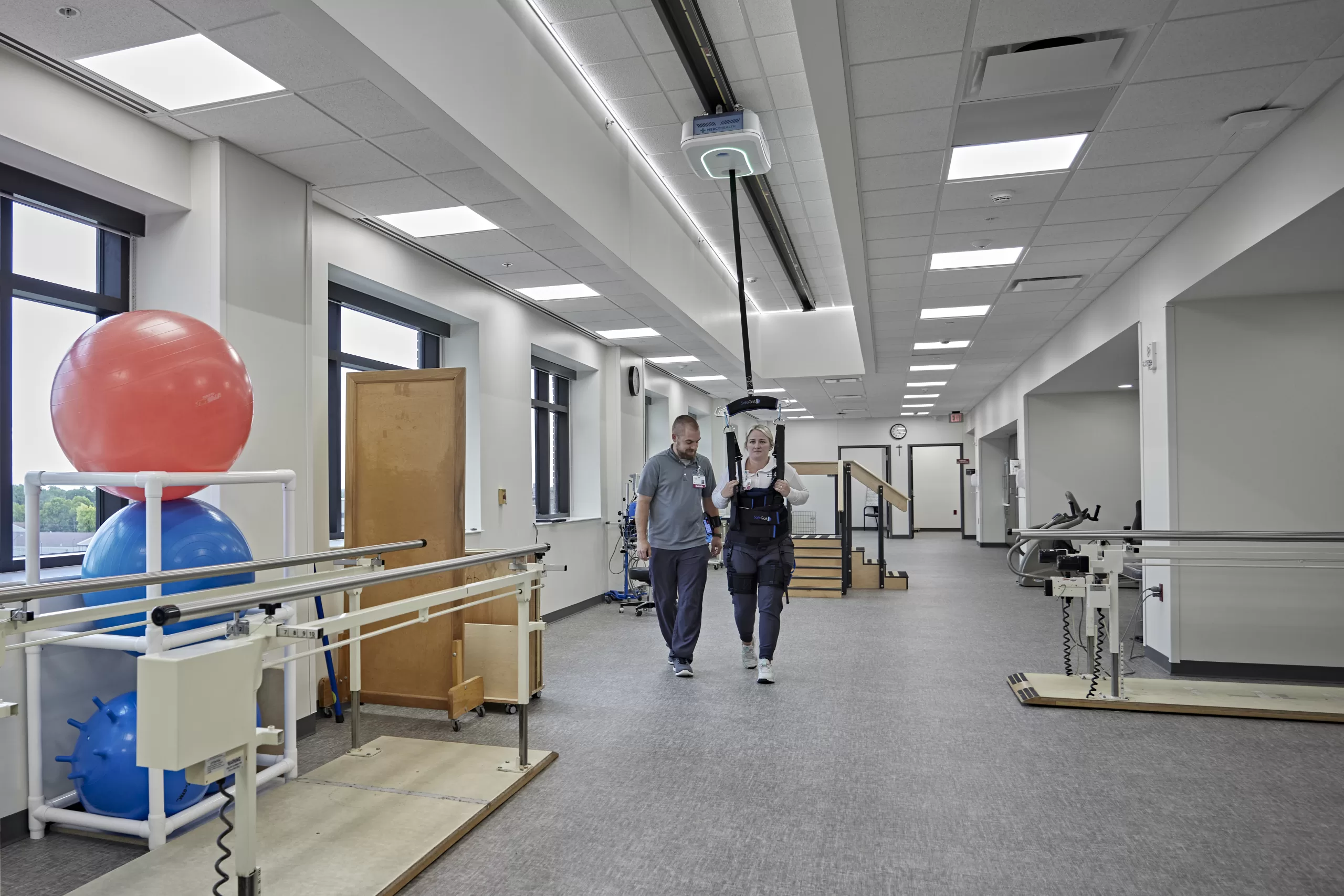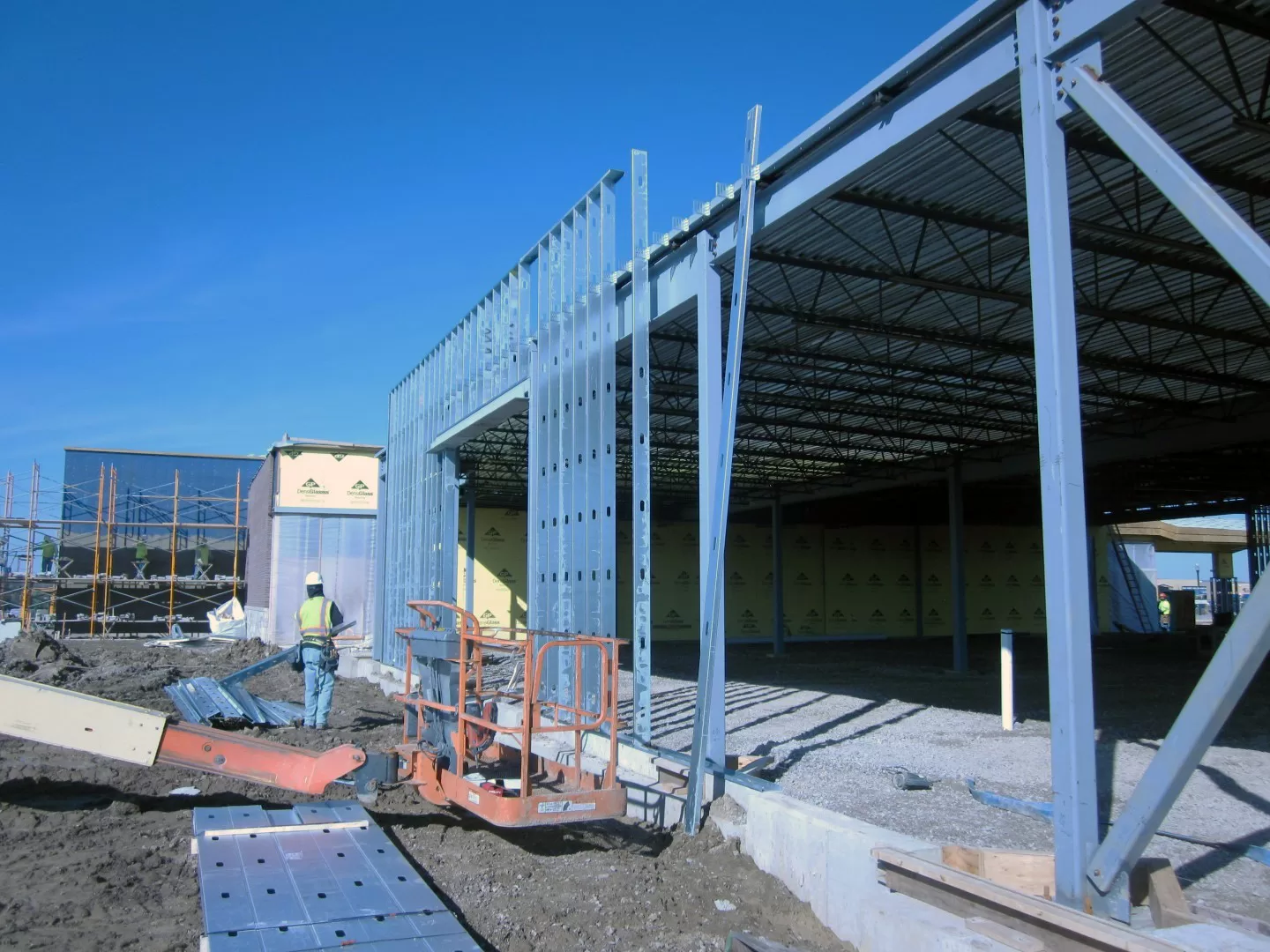Navigating the Complexities of Healthcare Renovation Projects: Phasing, Safety, and Patient Care
By Craig Scully PE, LEED AP
March 29, 2024
Healthcare renovation projects are among the trickiest to coordinate because in many cases, the services provided need to be able to remain relatively uninterrupted while the construction is being done.The first essential step is asking the right questions to determine what exactly has to be done, how much time crews have to complete the work, and whether the work can be done while the facility is operational. |

|

 |
Our role as architects and engineers is to understand the needs of everyone involved.It helps to have some construction knowledge as we create the timeline for work, so that we’re able to estimate how long a certain project will take and anticipate what contractors and subcontractors are going to need. We can then relay that to the client and hopefully come up with a plan that will make everyone happy. Communication is key in that regard. Occasionally, it even requires a bit of negotiation. We might have a contractor who says, “I can get that done in a day,” and we have to tell them, “Well, we need it to be done in four hours. How can we make that happen?” Or we have to go to a client who insists that they can only afford a few hours of downtime, but we can say, “That’s just not realistic, so how can we work together to find a better solution?” If they tell us there’s no room for any downtime, how can we be creative and say, “Can we have a one-hour window each day? Can we work evenings and weekends so there’s minimal disruption?” |


